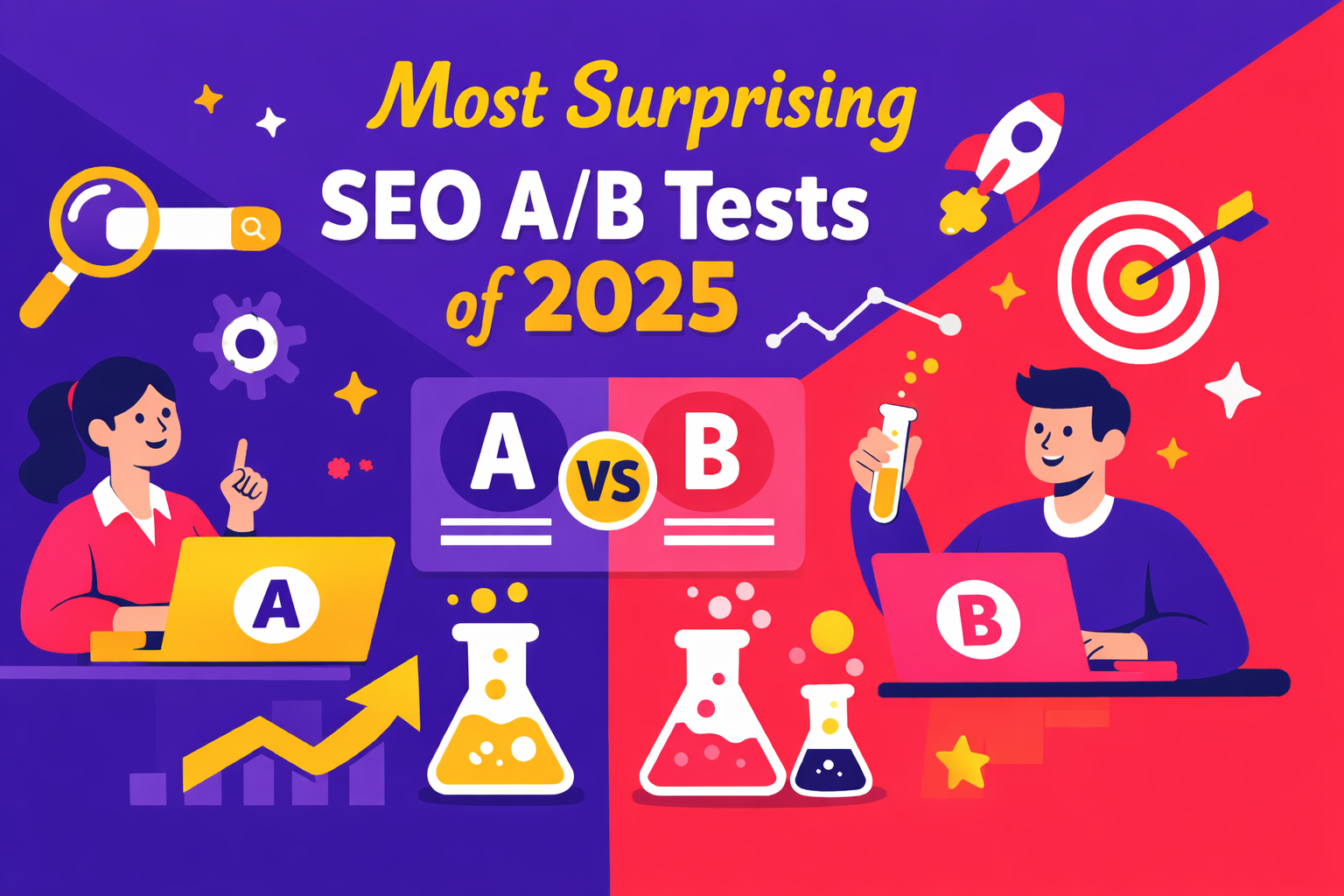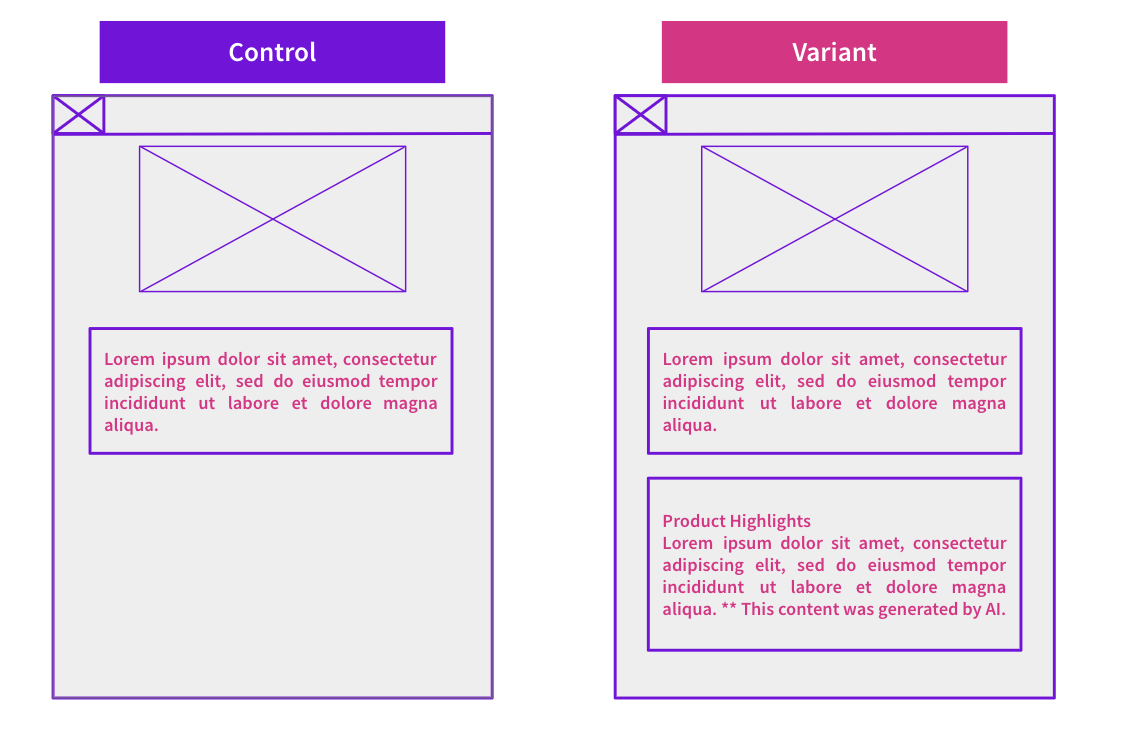Start here: how our SEO split tests work
If you aren't familiar with the fundamentals of how we run controlled SEO experiments that form the basis of all our case studies, then you might find it useful to start by reading the explanation at the end of this article before digesting the details of the case study below. If you'd like to get a new case study by email every two weeks, just enter your email address here.
In this week's #SPQuiz, we asked our followers on X/Twitter and LinkedIn whether they thought adding 'from' price info to H1s would improve the organic traffic for a travel website customer. This change also led to the H1 being closely matched with the title tag.
Here’s what our followers thought would happen:

Opinions were fairly split from our poll respondents this week! Just over half of our followers thought we'd see a significant improvement in organic traffic, with 40% thinking we wouldn't see any detectable changes to overall traffic. Read on to figure out which group was correct.
The Case Study
H1 tags and title tags are essential for search visibility and user engagement. Search engines, including Google, prioritize these tags when crawling and indexing pages. They are not just elements of a page but can significantly impact search rankings, organic traffic, and click-through rates. However, there was a time when both of these things overlapped.
A test by one of SearchPilot’s travel website customers involved adding the product price to the H1 tag while closely matching the title tags to their flight and route pages for the US market. At the time, Google frequently rewrote titles in the search engine results pages, often displaying the H1 instead. The goal was to reduce title rewriting by ensuring consistency between the H1 and title tag and to better match user queries for price-related keywords, as this can enhance the credibility and trustworthiness of the listing. If users see the price directly in the search results, they are more likely to click on the link if it matches their budget or expectations, improving organic traffic and increasing click-through rates.

Results
The results of this test were inconclusive at the 95% confidence interval for both the flights and routes pages in the US market.
US Flights

US Routes

This result may be due to several factors, such as updates in Google's algorithm or users' search behaviors if the title doesn’t better match their search queries. While we believed displaying the price in the H1 and title tag would keep them consistent in the event Google rewrites them and enhances relevance, the results did not reflect this.
While aligning H1 and title tags can theoretically improve search visibility and user engagement, the specific impact on organic traffic and click-through rates can vary. For now, Google has gone back to showing title tags in the search results with only minimal instances of H1s displayed.
At SearchPilot, we run tests instead of making blanket recommendations because we know that the true SEO impact of changes can be unexpected and differs amongst industries and niches.
To receive more insights from our testing sign up to our case study mailing list, and please feel free to get in touch if you want to learn more about this test or about our split testing platform more generally.
How our SEO split tests work
The most important thing to know is that our case studies are based on controlled experiments with control and variant pages:
- By detecting changes in performance of the variant pages compared to the control, we know that the measured effect was not caused by seasonality, sitewide changes, Google algorithm updates, competitor changes, or any other external impact.
- The statistical analysis compares the actual outcome to a forecast, and comes with a confidence interval so we know how certain we are the effect is real.
- We measure the impact on organic traffic in order to capture changes to rankings and/or changes to clickthrough rate (more here).
Read more about how SEO testing works or get a demo of the SearchPilot platform.




